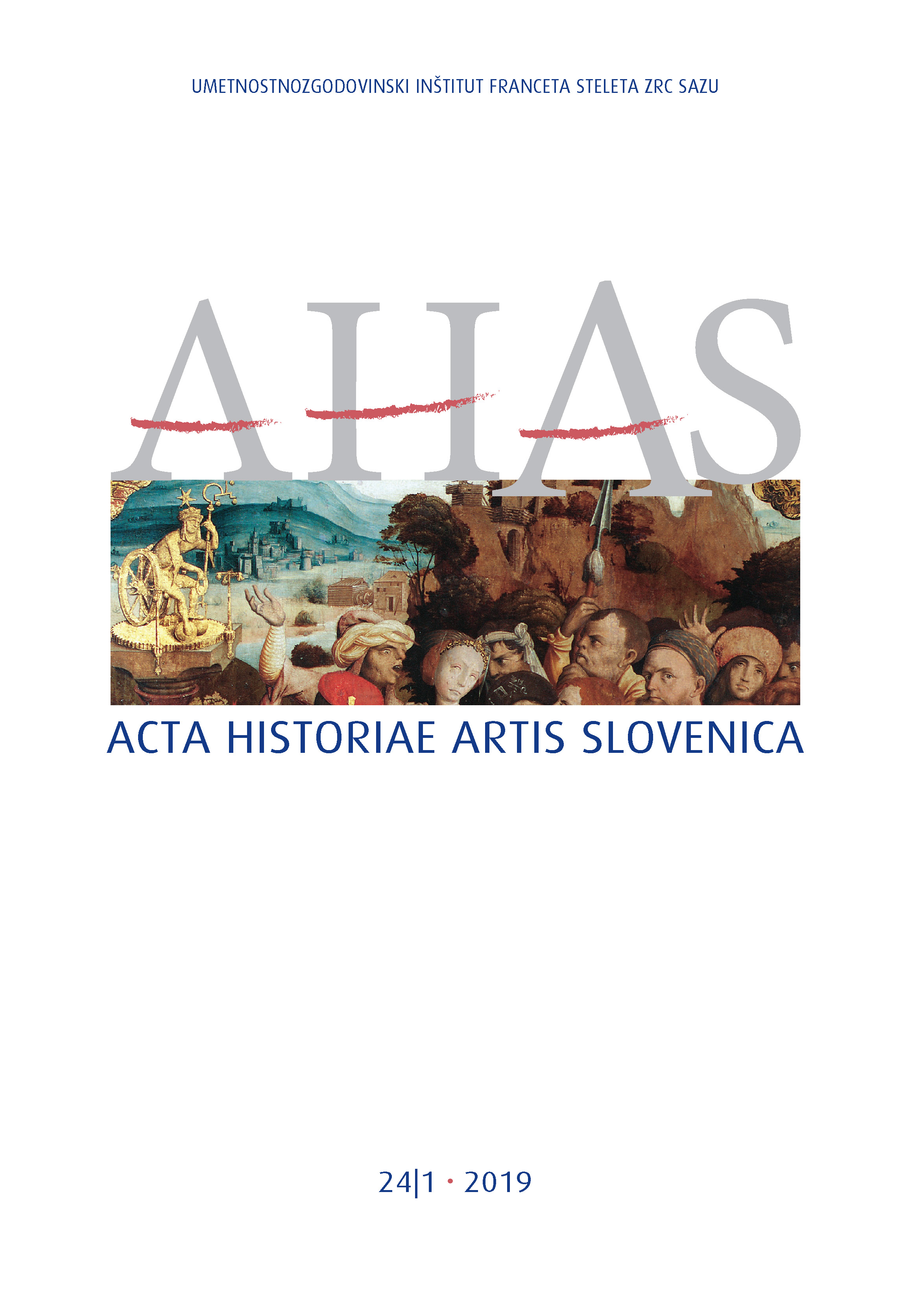A Depiction of a Self-moving Sculpture of an Idol, a Mechanical Marvel or Automaton in the Krainburg Altarpiece
DOI:
https://doi.org/10.3986/ahas.v24i1.7582Keywords:
late Gothic painting, northern Renaissance, mechanical marvels, technical automata, history of technology, Master of the Krainburg Altarpiece, Gothic idol, self-portrait, Salvatio RomaeAbstract
Around 1500, the Master of the Krainburg Altarpiece produced two wooden panels, parts of a lavish Gothic altarpiece for the parish church of Saint Cantianus in Kranj (Germ. Krainburg), which are now kept in the Belvedere in Vienna. According to legend, the saints Cantius, Cantianus, Cantianilla and Protus escaping from Rome refused to worship a statue of Jupiter. In the scene of their martyrdom, the artist depicted a metal-like statuette on a cogwheel mechanism, which can be made to rotate, causing the ringing of the bells on the vertical levers along the four sides of the pedestal. The intention of the painter was to emphasize his acquaintance with legendary stories about moving statues with ringing bells, like the Salvatio Romae (described in guides for pilgrims known as Mirabilia Urbis). Mechanical figures spread around Europe in the 15th and early 16th century and were mostly part of municipal or church clocks and organs. The master of the Krainburg altarpiece had most probably lived in Nuremberg for some time and had seen moving figures as part of the clock mechanism on the façade of the Our Lady cathedral.
Downloads
Downloads
How to Cite
Issue
Section
License
Authors guarantee that the work is their own original creation and does not infringe any statutory or common-law copyright or any proprietary right of any third party. In case of claims by third parties, authors commit their self to defend the interests of the publisher, and shall cover any potential costs.
More in: Submission chapter




